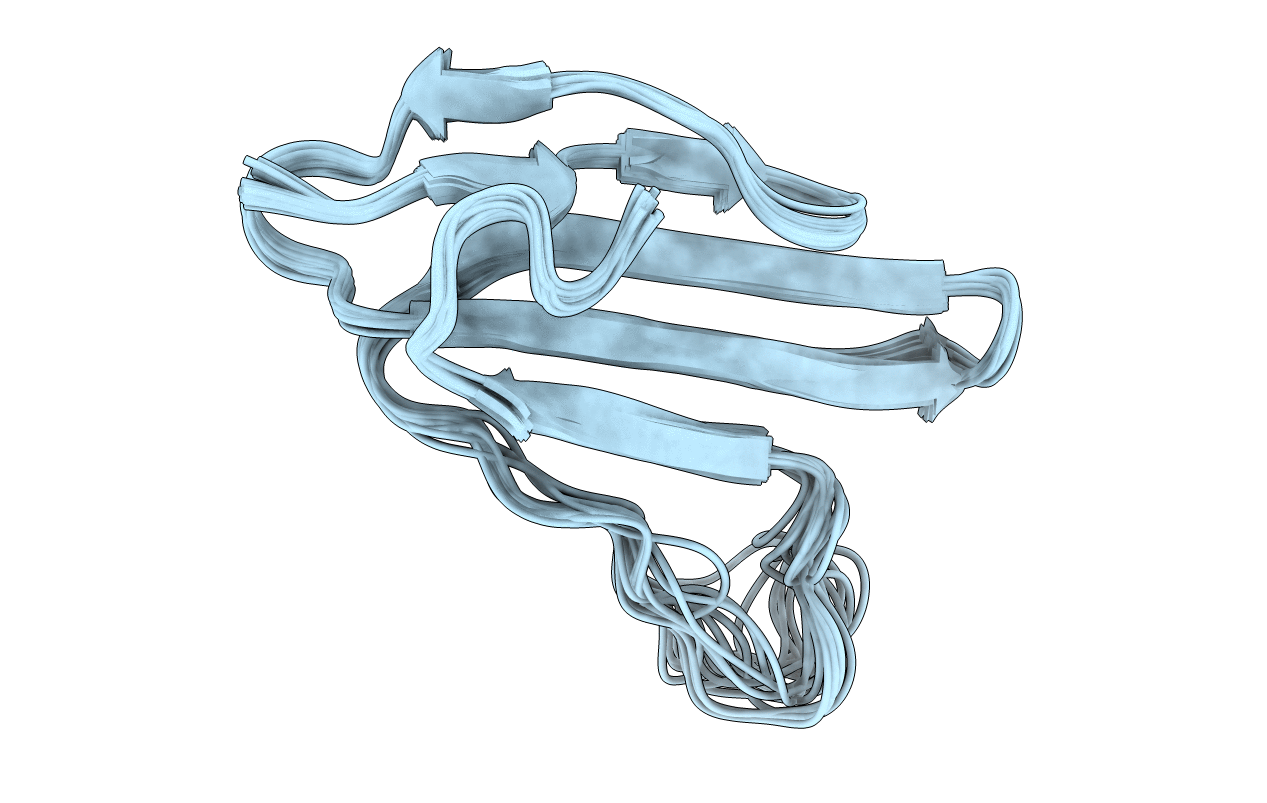
Deposition Date
2010-06-30
Release Date
2011-01-19
Last Version Date
2024-11-20
Method Details:
Experimental Method:
Conformers Calculated:
200
Conformers Submitted:
20
Selection Criteria:
target function


